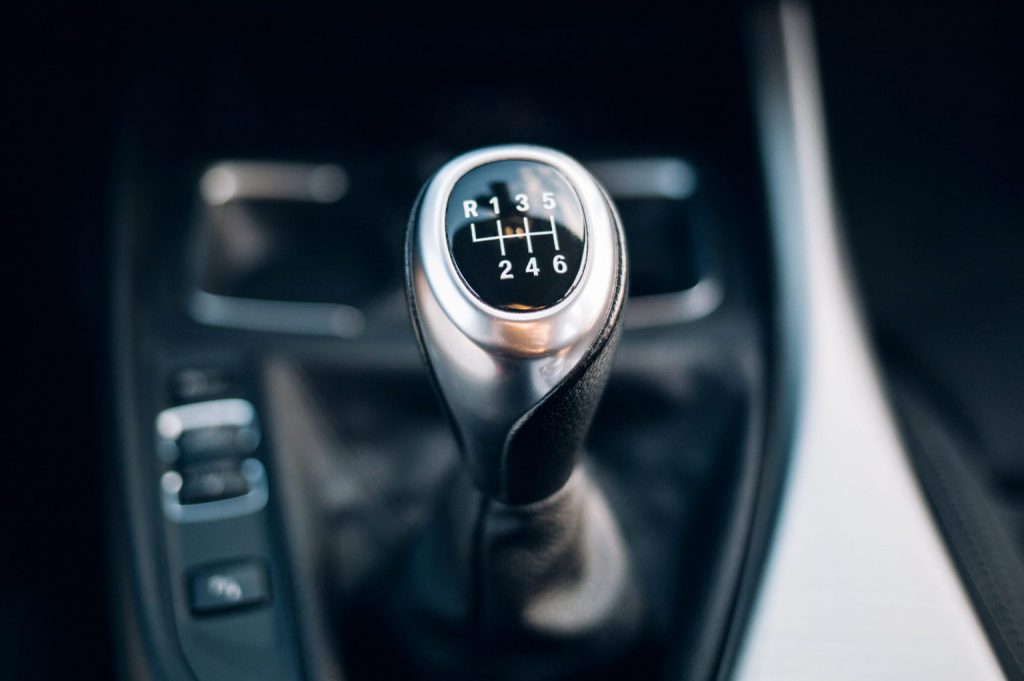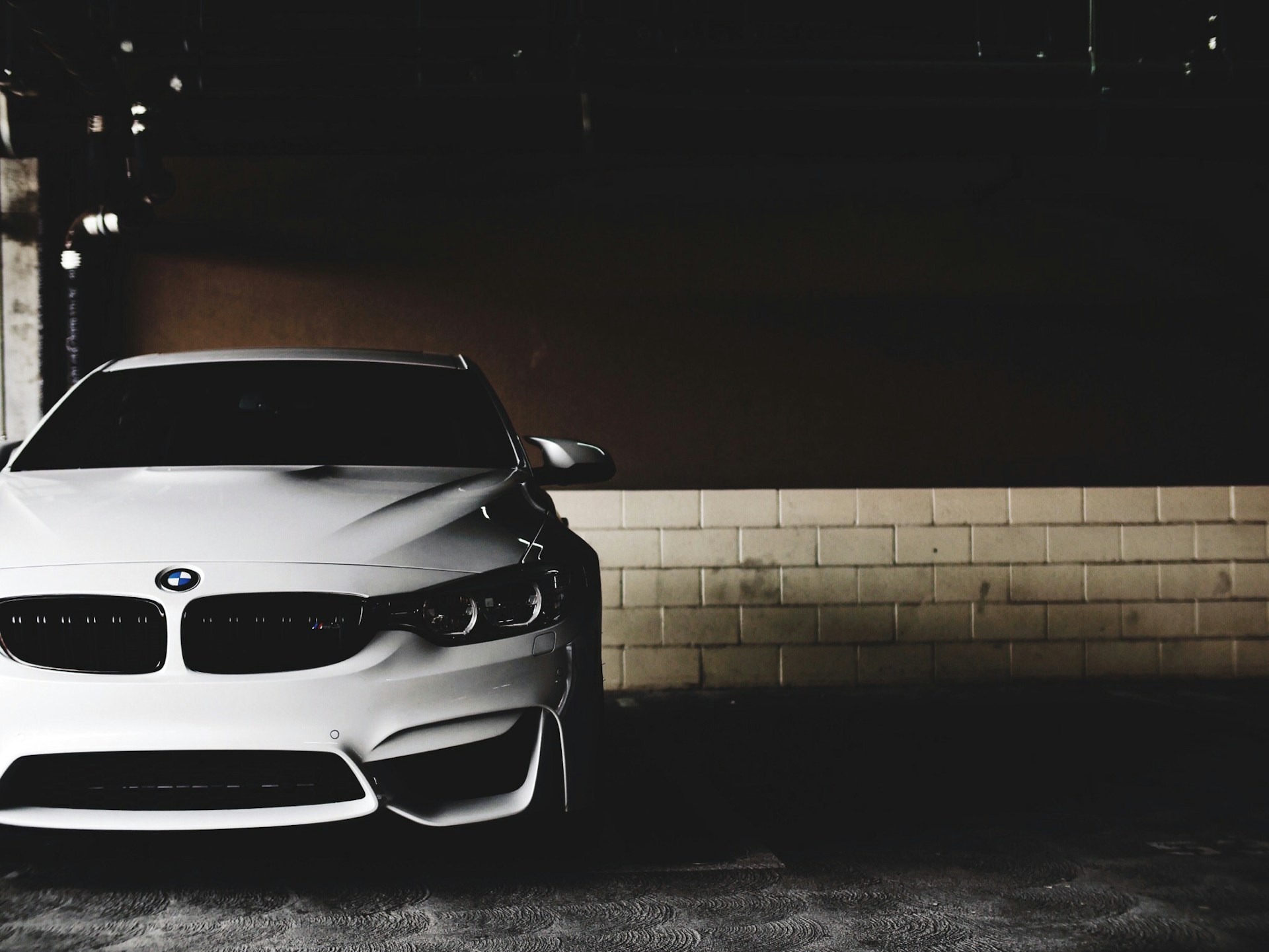How to Drive a Stick Shift in Heavy Traffic
Stick shift cars are a dying breed. In 2018, vehicles with manual transmissions represented only 2% of car sales. Also, every year or so, there are news stories of unsuccessful car thieves that got caught because they could not drive a stick. Therefore, memes have even labeled manual transmissions the “most effective anti theft system.”
Nevertheless, some purists prefer a manual over an automatic. Some find that a manual transmission offers a pleasurable driving experience that keeps the driver in tune with the car. However, there is a tradeoff. Anyone familiar with a three-pedal vehicle will know the aches and pains your left foot will suffer in Los Angeles traffic.
Yet there are a few tips and tricks you can use to ease that left-foot pain.
Tip 1: Use First Gear
Anyone familiar with driving a stick knows that first gear is the most difficult to learn. However, keeping the car moving in first gear—as long as possible—will alleviate the need to keep engaging the clutch.
Depending on your car, you may be able to keep the vehicle in first gear to speeds up to 10 miles per hour. You can do this by leaving space between your vehicle and the vehicle ahead. It would be best if you left approximately one car’s length of space.
Also, avoid rapid acceleration and braking—especially if you know there is heavy traffic ahead. No one likes the person who races to a red light. Besides, keeping space and moderating speed will save gas. A general rule is that you are too close if you cannot see the front car’s rear tires.
Furthermore, it is vital to keep your foot off the clutch pedal. It is easy to “ride the clutch” in first gear in heavy traffic. However, riding, nursing, or slipping the clutch will cause unnecessary damage to your vehicle.
Tip 2: Use Neutral as Much as Possible
Your manual transmission car may stall at very low speeds or no speed. It would be best to listen to what your car is telling you. You may feel the car shuttering, or the car might make funny vibrations and sounds. That means the car is about to stall.
Before the car stalls, you need to engage the clutch and shift the car to neutral. While the car is in neutral, you can coast and use the brakes to control the speed and bring the car to a stop.
Nevertheless, when the car is in neutral, you need to be alert. If someone hits you from behind, nothing will prevent your car from hitting the vehicle ahead of you. Therefore, be alert and ready to use the brakes. Moreover, when your car does stop, be sure to apply the brakes.

Tip 3: Shift up When Traffic Starts Going Faster
When the speed of traffic increases, it is time to shift up. The tachometer will show when it is time to shift up. Also, the car will start to “sing to you” as the engine revs increase. Some cars may even have a light that indicates it is time to change gears.
Depending on the car, you will probably need to shift into second gear at speeds between 10 to 15 miles per hour. However, high-performance cars and trucks may have a shorter first gear—meaning you will need to shift sooner.
Use second gear as long as you can. First, you will find it easier to drive the car in second gear. Second, some older and higher performance cars and trucks do not allow you to return to first gear. You can only use first gear from a dead stop in those vehicles. This is called an unsynchronized gear.
Depending on the vehicle, you may be able to use second gear for speeds between 10 and 30 miles per hour. When you reach these speeds, leave two to three car lengths between you and the car in front. Leaving space will allow you to moderate and adjust your speed without stopping.
However, you may have to return to first gear or stop the car if traffic conditions force you to go slower than ten miles per hour. If the car shutters and makes vibrations, you are going too slow for second gear. If your car allows, you can return to first gear. However, it is generally better to put the car in neutral and use the tricks in Tip 2.
Tip 4: Do Not Be Afraid to Skip Gears
You probably bought a stick shift vehicle for the experience of having nearly total control over your car. So you should fully utilize that control.
According to the accident attorneys at Glotzer & Leib, LLP, skipping gears will not hurt your vehicle. Instead, skipping gears will allow you to fully utilize your car to keep it moving in heavy traffic. For example, if you are following Tip 2 and coasting the vehicle in neutral, and traffic starts moving, it may be okay to skip first gear and shift into second.
Generally, skipping first gear is appropriate if you coast at over ten miles per hour. However, it would be best to do this trick when extremely familiar with your vehicle. If your vehicle is too slow for the second gear, you may stall the car.
Tip 5: Shift into Higher Gears as Traffic Speeds Up
As traffic speeds up, you will have to shift into third and other successive gears. However, if traffic backs up again and causes you to reduce the speed, you will need to shift down. You may be tempted to put the car in neutral and coast. However, if you do that at high speeds, you will lose control of the car, and it may become difficult to get the car going again—should traffic dissipate.














